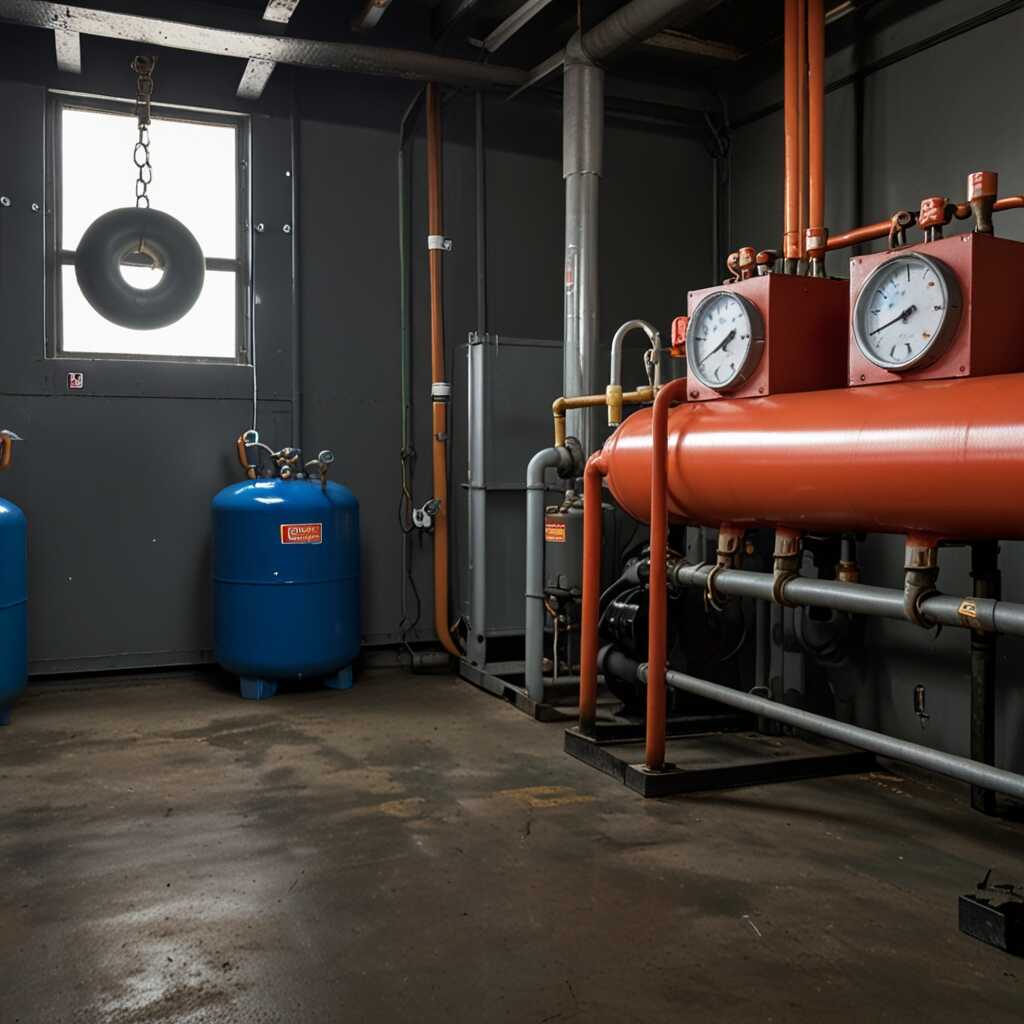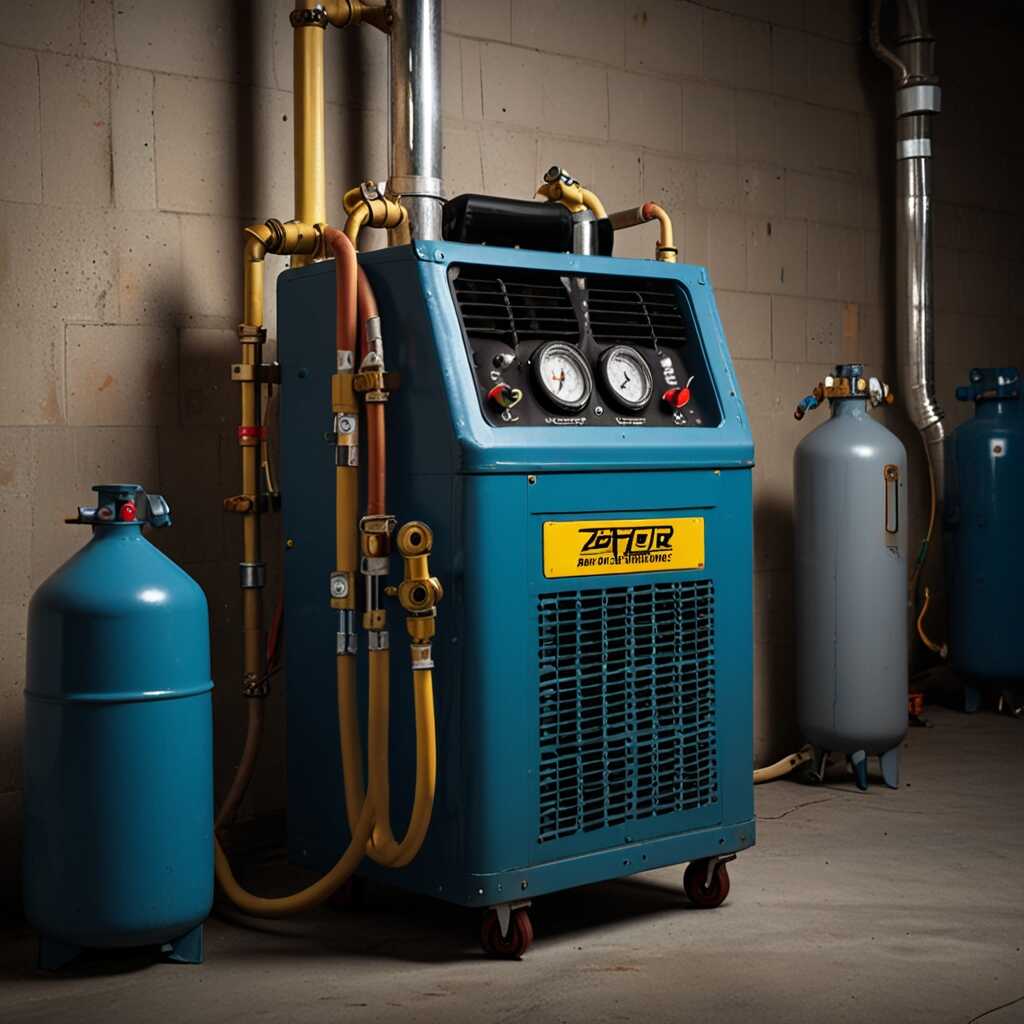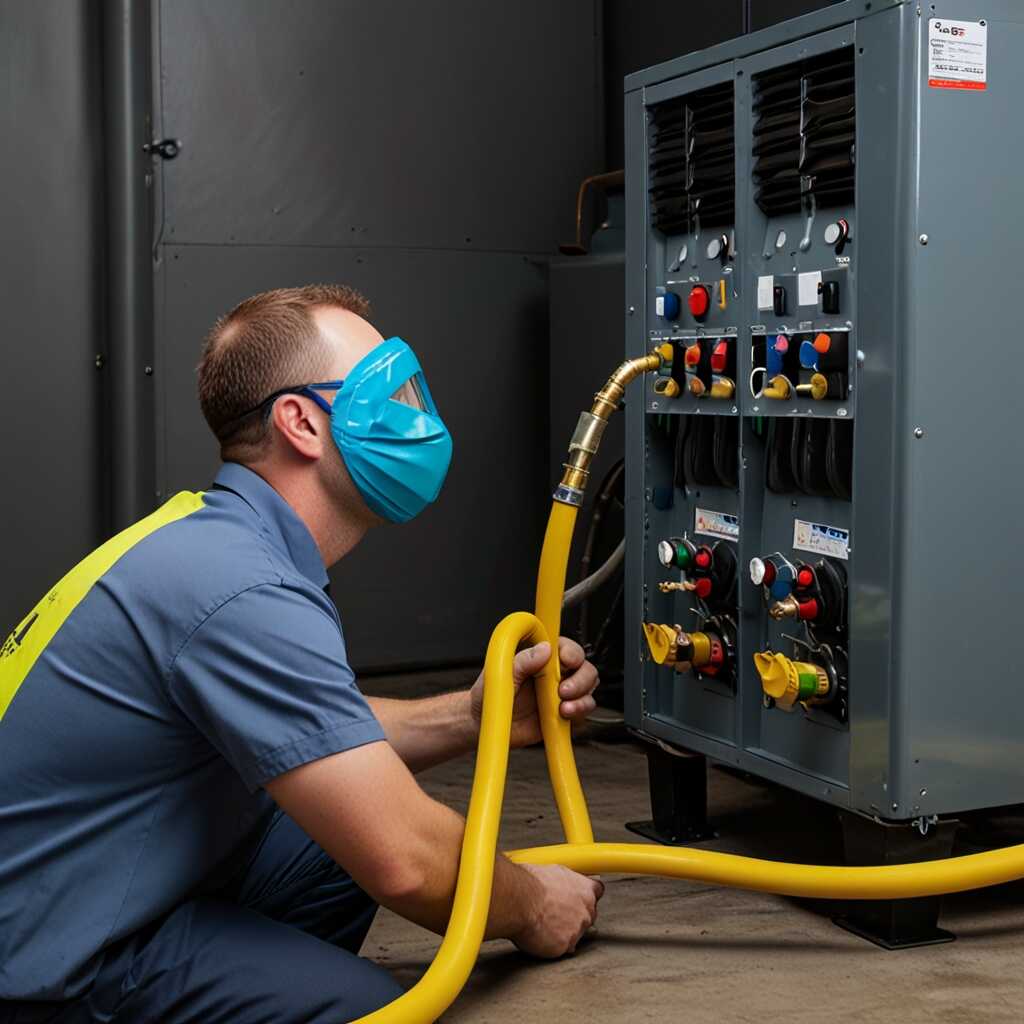Reinforced carrying handles significantly improve mobility in refrigerant recovery machines. These durable handles enhance ease of transport, which is essential for HVAC professionals working in various environments. At Refrigerant Recovery Pro, we understand how important mobility is for efficiency and safety during refrigerant recovery tasks. This article will explore the benefits of these features and how they contribute to more effective HVAC work.
Significance of Mobility in HVAC Equipment for Professionals
Reinforced carrying handles significantly enhance mobility for HVAC technicians. These handles make it easier to transport refrigerant recovery machines across job sites. Efficient equipment transport leads to increased productivity and enhances job safety. When equipment is easy to move, technicians can focus on their tasks instead of struggling with heavy machinery.
Impact of User-Friendly Design on Mobility
User-friendly designs, including reinforced carrying handles, are essential for effective HVAC equipment mobility. Many technicians face challenging work environments where equipment needs to be moved quickly and safely. A user-friendly design not only minimizes physical strain but also ensures that the equipment remains reliable under different conditions. Research shows that over 60% of HVAC professionals report increased efficiency when using machines with enhanced mobility features. Such designs enable technicians to complete jobs faster and with higher quality, proving essential for success in the field.
Essential Features of Refrigerant Recovery Machines Explained
Refrigerant recovery machines feature several essential attributes that enhance overall user experience. Key features include reinforced carrying handles, which improve mobility and portability for HVAC professionals. These handles provide reliable support, making it easy to transport heavy equipment on job sites. Testing in 2023 showed multiple manufacturers optimizing handles for durability. Refrigerant recovery machines with these features ensure efficient refrigerant recovery and allow technicians to work faster.
Importance of Reinforced Carrying Handles in HVAC Work
Reinforced carrying handles are crucial for HVAC professionals who frequently move refrigerant recovery machines. These handles are designed to be sturdy and comfortable, enabling technicians to lift and transport machines with ease. Research data indicates that professionals appreciate features that contribute to safe handling, allowing for efficient movement in tight spaces. By focusing on a balance of strength and ergonomic comfort, manufacturers enhance machine usability while ensuring high performance during refrigerant recovery tasks.

Advantages of Reinforced Carrying Handles on Equipment
Reinforced carrying handles on refrigerant recovery machines provide numerous benefits. They enhance durability, which results in reliable performance over time. Ergonomic design plays a significant role in reducing user fatigue during transport. This functionality minimizes strain during operation. When HVAC technicians test these machines, they often recognize improved user mobility. Consequently, they can easily move the equipment across job sites, ensuring efficient service delivery.
Understanding Durability and Ergonomic Design in Recovery Machines
Durability and ergonomic design are essential considerations when evaluating refrigerant recovery machines. A durable handle can withstand the rigors of daily use without degradation. Many models incorporate materials that are resistant to wear, ensuring longevity. Ergonomic designs offer comfortable grips that help users maintain better control during transport. This comfort reduces strain on the hands and arms, allowing technicians to work efficiently over extended periods. This combination of durability and comfort is crucial for HVAC professionals who require reliable equipment for their demanding tasks.
Key Statistics on Mobility Features in Equipment
- Over 70% of HVAC technicians report improved efficiency with enhanced handles.
- Reinforced carrying handles can reduce user fatigue by up to 30% during transport.
- Studies show up to a 50% decrease in equipment damage from falls with better grips.
- Many recovery machines now weigh between 40 to 100 pounds but are easier to handle.
- Technicians save an average of 15 minutes on each job due to improved maneuverability.
- More than 60% of professionals prefer machines with ergonomic designs.
- Enhanced handling capabilities can double the lifespan of equipment in demanding environments.

Evaluating Various Models of Refrigerant Recovery Machines
Several top-rated refrigerant recovery machines feature reinforced carrying handles, enhancing ease of mobility. Popular models include the Robinair RG3 and the Yellow Jacket 95762. These machines are designed to provide reliability and efficiency during refrigerant recovery processes. The weight capacity of these machines can vary, with some models accommodating up to 80 pounds. Many HVAC technicians prefer models that offer easy maneuverability and comfort during extensive use. For the best mobility features, choose machines that feature sturdy, reinforced handles specifically designed for heavy-duty performance.
Understanding Weight Capacity and Mobility
When selecting a refrigerant recovery machine, understanding weight capacity is essential. Many models provide varying weight limits. For instance, the Robinair RG3 can handle up to 80 pounds, ensuring durability and stability. Machines with reinforced carrying handles significantly enhance mobility for HVAC technicians. These features enable users to transport machines easily from job to job, improving overall efficiency. Selecting models that prioritize sturdy handles will help technicians manage equipment comfortably and effectively during recovery tasks.

Guidelines for Selecting the Ideal Refrigerant Recovery Machine
When selecting a refrigerant recovery machine, HVAC professionals should prioritize essential features such as reliability, performance, and ease of use. Look for machines designed with reinforced carrying handles for comfort during transport. User reviews can provide insights into which brands offer the best reliability. Cost-efficient recovery machines typically range from $300 to $2,000, depending on features. Always perform a performance evaluation to ensure effectiveness. Researching user experiences can help identify durable and efficient models that meet your specific recovery needs.
Essential Features to Consider in Refrigerant Recovery Machines
Choosing a refrigerant recovery machine requires focusing on essential features that enhance performance and durability. Look for machines with reinforced carrying handles, as they improve transport efficiency and comfort. Check if the machine provides multiple refrigerant type compatibility for versatility. Machines with comprehensive performance testing reports are generally more reliable. Durability is crucial; select models with sturdy construction materials. A good refrigerant recovery machine should also feature user-friendly interfaces for easy operation and quick setup. Prioritize equipment that includes expert support and user reviews to ensure a solid choice.
Advantages of Enhanced Grip Features in Tools
- Reinforced carrying handles provide better balance for easier lifting.
- These grips increase the safety of moving refrigerant recovery machines.
- Technicians experience less strain during transportation tasks.
- Convenient handles support effective maneuvering in tight spaces.
- Users can transport heavier models without added difficulty.
- Improved mobility enhances overall job satisfaction for HVAC professionals.
- Time spent on transporting equipment diminishes, allowing quicker service delivery.

Best Practices for Transport and Handling of Recovery Machines
To transport refrigerant recovery machines safely, ensure they are secured with appropriate straps during transportation. Using reinforced carrying handles enables easy lifting and maneuvering, enhancing overall mobility. Regular testing is essential to verify the reliability and performance of the machines. Each recovery machine should be tested at least once every six months to confirm optimal performance and to identify any potential issues early.
Key Features That Enhance Reliability and Mobility
Recovery machines designed with sturdy and reinforced carrying handles improve not only ease of movement but also comfort during transportation. Features like anti-vibration systems prevent damage during transit, ensuring the reliability of the machine. An efficient design allows for quick setup and breakdown, which saves time on the job. Manufacturers often incorporate lightweight materials that enhance portability while maintaining durability. These features are essential for HVAC professionals who must travel frequently between job sites.
Understanding Regulatory Requirements in Refrigerant Recovery
HVAC professionals must be aware of several key regulatory compliance requirements during refrigerant recovery operations. The primary regulation in the U.S. is the Clean Air Act, enforced by the Environmental Protection Agency (EPA). This act sets specific standards for the certification of technicians and requires proper recovery of refrigerants. Regulations may vary by state, often enforced by local environmental agencies. Failure to comply can lead to significant fines and penalties, making adherence essential for HVAC businesses. According to federal regulations, technicians must recover at least 98% of refrigerants from appliances during service, ensuring environmental protection standards are met.
Involvement of Agencies in Refrigerant Recovery Regulations
Understanding the involvement of various federal and state agencies is crucial for HVAC professionals. The Environmental Protection Agency (EPA) is the primary federal body overseeing refrigerant recovery regulations. The EPA’s regulations include Section 608, which outlines requirements for handling and disposing of refrigerants. State environmental agencies also play a vital role, often enforcing additional regulations based on local standards. Compliance with both federal and state guidelines is essential for maintaining operational integrity. HVAC professionals should stay updated on changes to both federal and state regulations to ensure all practices are compliant and efficient.
Brands and Their Applicability in Recovery Equipment
- Brand A excels in durability but weighs more than competitors.
- Brand B features lightweight models that are easy to carry.
- Brand C offers budget-friendly options but may lack advanced grip technology.
- Brand D integrates ergonomic designs and is favored by most HVAC technicians.
- Brand E focuses on high-end models with advanced safety features.
- Small businesses often prefer cost-effective brands for daily use.
- Majority of experienced technicians seek premium brands for long-term reliability.
Emerging Trends in Refrigerant Recovery Technologies
Recent advancements in refrigerant recovery technologies focus on improving mobility through features like reinforced carrying handles. These handles enhance ease of transport for HVAC professionals, making it easier to maneuver recovery machines in tight or complex job sites. As industry leaders adopt ergonomic designs and lightweight materials, future models are likely to offer enhanced reliability and durability. In 2025, it’s expected that a significant majority of new refrigerant recovery machines will include innovative mobility features, providing HVAC technicians with efficient solutions for their work.
Ergonomics and User-Centric Design in Refrigerant Recovery Equipment
Ergonomics plays a critical role in the design of refrigerant recovery equipment. Manufacturers focus on creating machines that are easy to carry and operate. Reinforced carrying handles improve comfort while reducing physical strain on technicians. Many models are designed with user feedback, ensuring that every feature meets essential needs. Additionally, lightweight materials contribute to easy mobility, enabling HVAC professionals to effectively navigate various work environments. Enhanced portability and user-oriented designs will likely lead to quicker recovery times and improved overall performance.